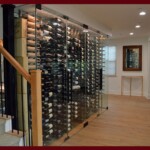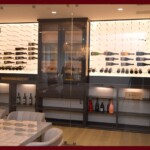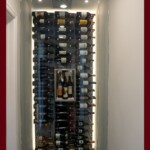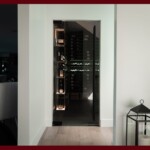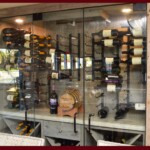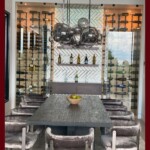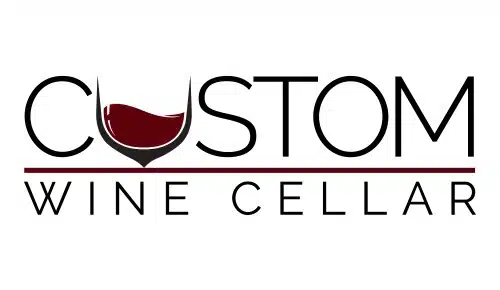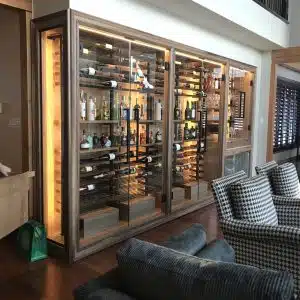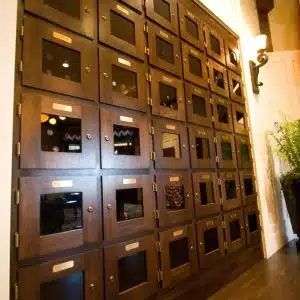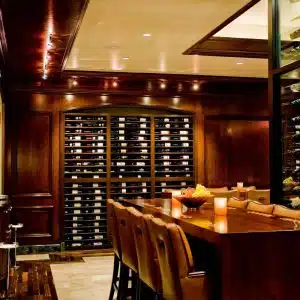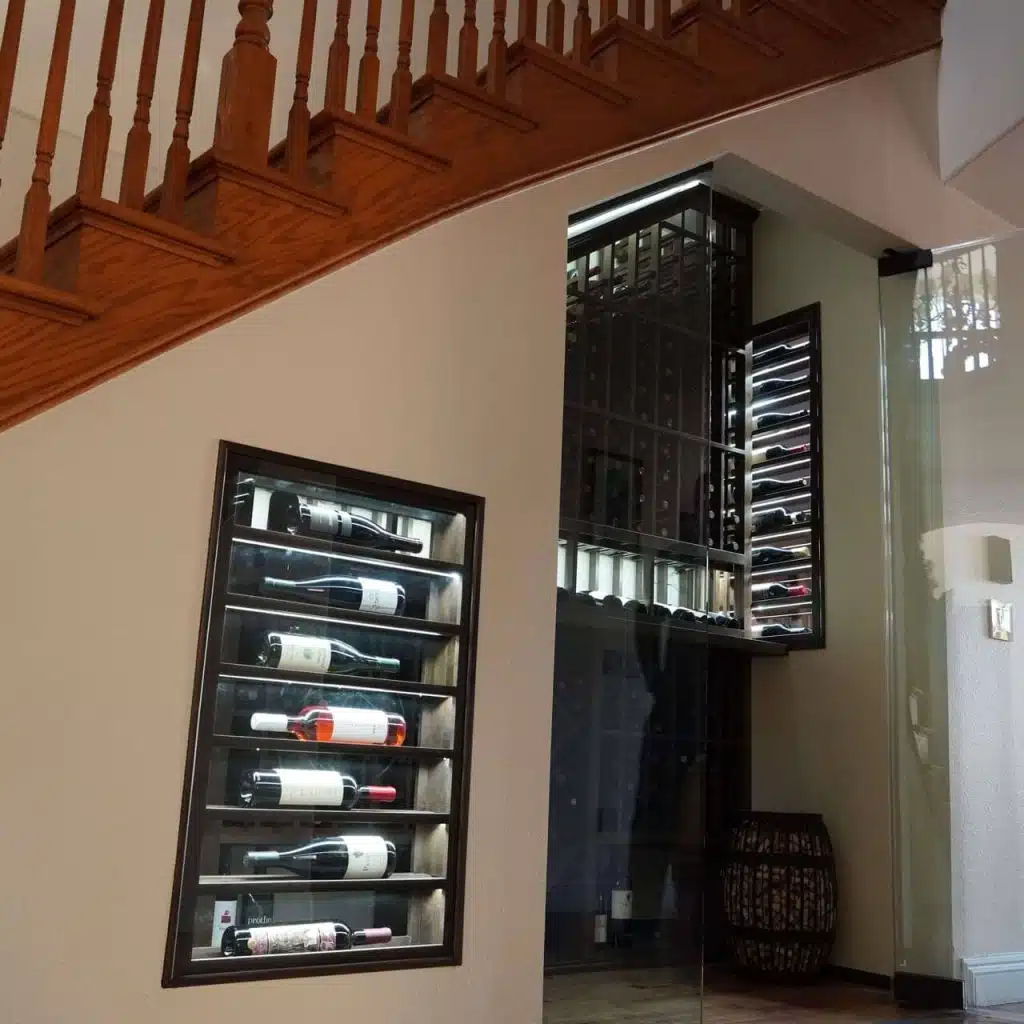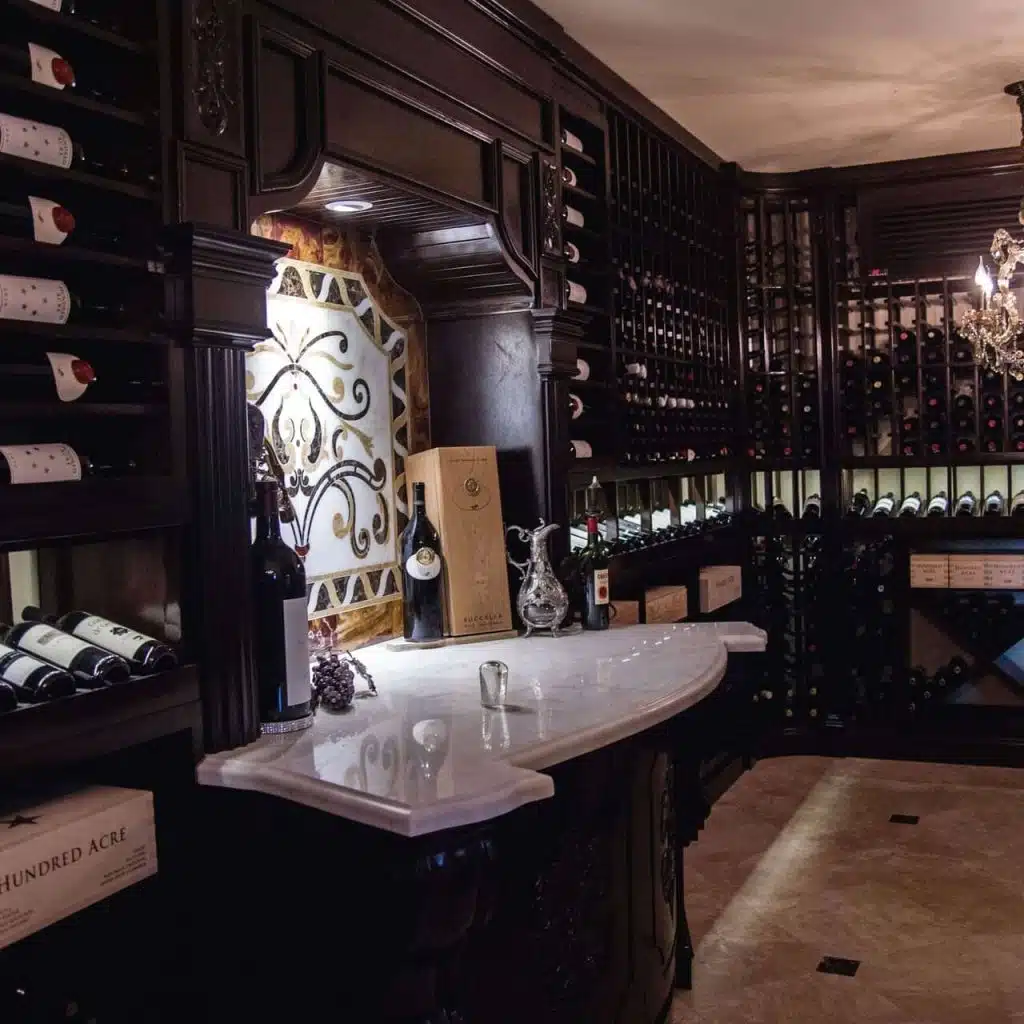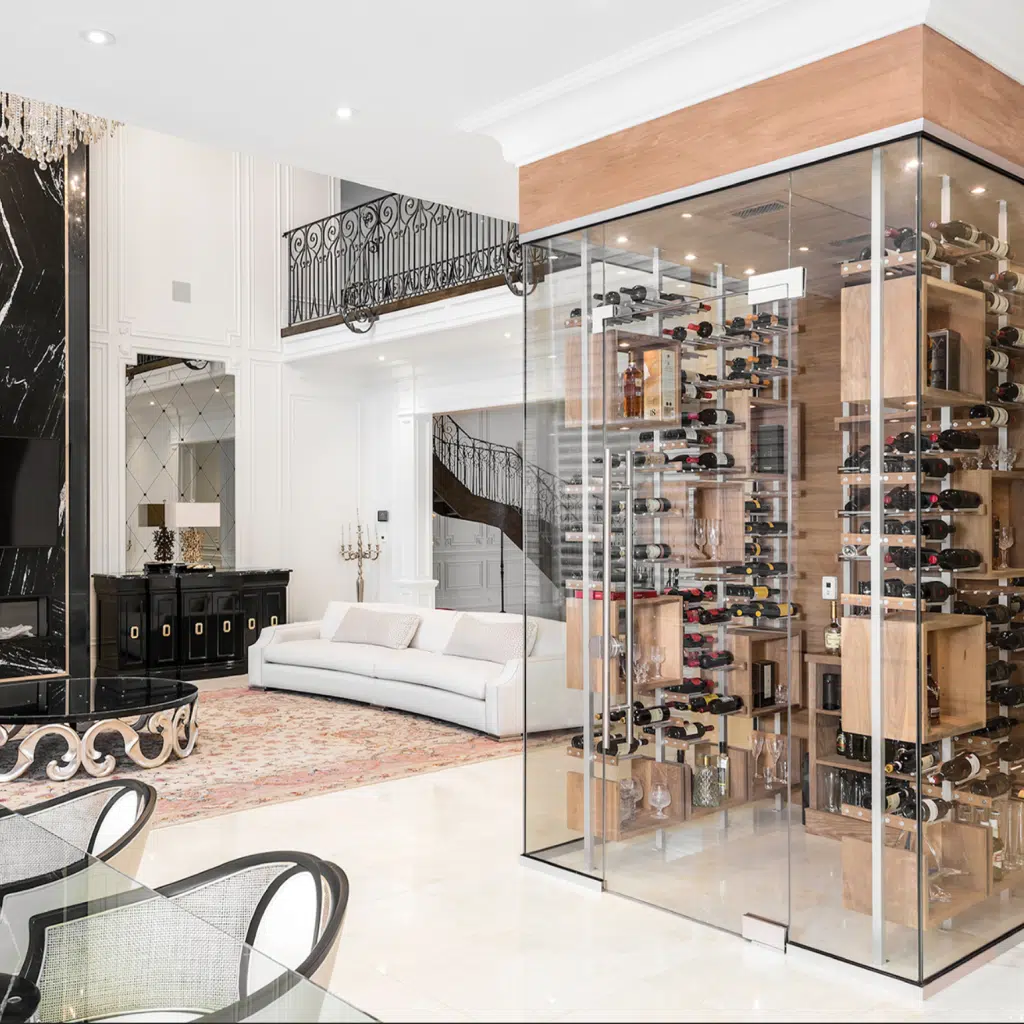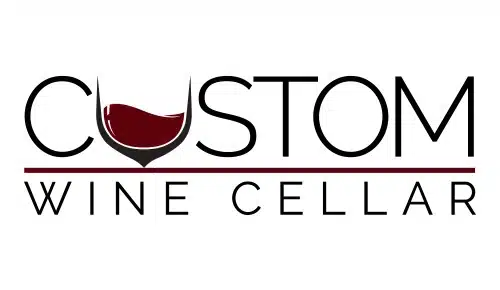Frameless Glass Wine Cellar Doors: The Ultra Modern Take To the Traditional Entryway
Ever wonder why some wine cellars stand out in our memories and some don’t? This is because the ambiance of a wine cellar matters just as much as the contents within. Try walking past a plain wine room that’s purely for storage versus a wine room where there was clearly an investment in style, we’d both agree you’ll be captivated more by the latter.
One of the elements that make a wine cellar highly distinct is its doors. Modern wine cellars make use of glass doors essentially to showcase the incredible collection and set up inside the cellar.
There are two main types of glass wine cellar doors; these are the framed and the frameless. In this article, we’ll be talking about frameless glass wine cellar doors and everything you need to know! From the glass used, its benefits, installation, protection, and more!
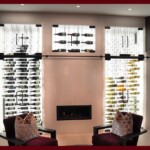
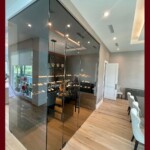
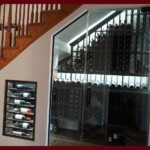
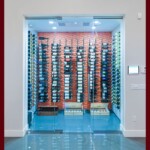
Why Go for Frameless Glass Wine Cellar Doors?
Frameless glass wine cellar doors offer a plethora of advantages that go beyond mere aesthetics. Firstly, they provide an unobstructed view of your prized wine collection, allowing you to showcase your bottles like pieces of art, especially with the right wine cellar lighting.
The transparency of glass doors also enhances the visual appeal of your cellar, making it appear more spacious and inviting. As they create a sense of openness and continuity between the cellar and adjacent areas, these doors are ideal for wine cellars or wine cabinets with limited space.
The absence of a frame eliminates potential areas for dust and debris to accumulate, making maintenance a lot easier too!
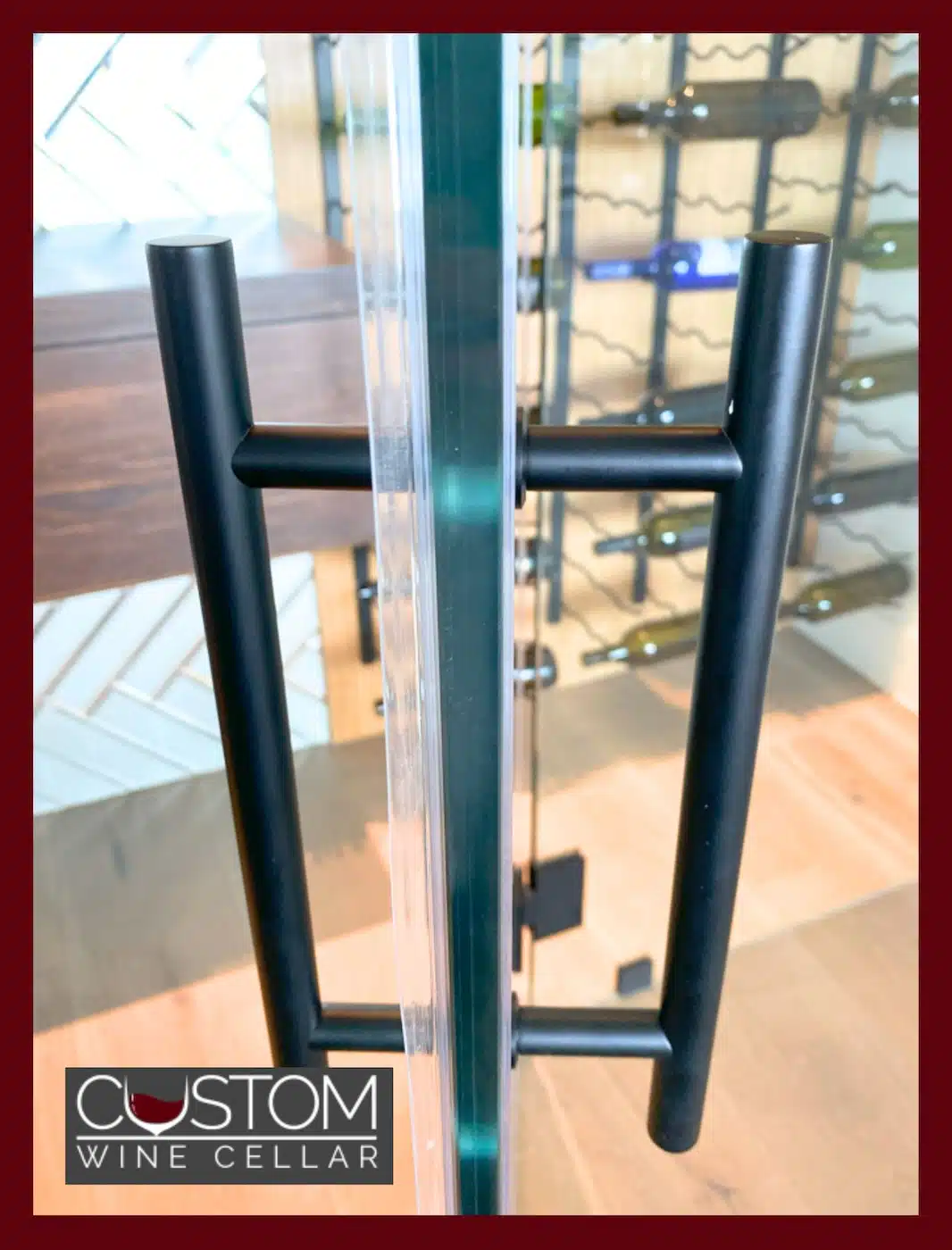
Types of Glass Used in Wine Cellar Doors
When it comes to frameless glass wine cellar doors, the type of glass used plays a crucial role in both looks and functionality. The most common types of glass include:
- Tempered Glass: Known for its strength and safety features, tempered glass is highly resistant to breakage and shattering. It undergoes a special heat treatment process that enhances its durability, making it an ideal choice for wine cellar doors.
- Low-E Glass: Low-emissivity (Low-E) glass is coated with a thin layer of metallic oxide, which helps to minimize heat transfer and UV radiation. This not only protects your wine collection from harmful sunlight but also improves energy efficiency by reducing heat loss or gain through the glass.
- Frosted Glass: For added privacy and diffused lighting, frosted glass is an excellent option. It features a translucent surface that obscures the view while still allowing light to penetrate, creating a soft and inviting ambiance in your wine cellar.
- Insulated Glass: Insulated glass panels consist of multiple layers of glass separated by a spacer filled with argon gas. This design helps to improve thermal efficiency by reducing heat transfer, thereby maintaining a stable temperature inside the wine cellar
Insulated Glass Panels vs Non-Insulated Glass Panels
Insulated glass wine cellar doors are thicker than non-insulated glass panels. This is because insulated glass consists of two panels sandwiched together while non-insulated glass panels only consist of a single layer.
While both types of panels offers excellent clarity and aesthetics, they may not provide the same level of thermal performance. Insulated glass still wins over non-insulated glass when it comes to inhibiting condensation.
So, if you’re wondering how to decide between insulated versus non-insulated glass for your wine cellar door, we’d say it primarily depends on your location and the climate among other things. For example, non-insulated glass doors can be effective in cold to moderate climate; but if your home or business is located in the warmer states, then we recommend using insulated glass!
Weatherproofing Your Glass Doors and Why Is It Important
Proper weatherproofing and sealing are essential to ensure that your frameless glass wine cellar doors maintain optimal performance and longevity. In simple terms, if you don’t seal your glass panels around the edges, cold air can escape through the gaps, moisture can build up on the glass, and you’ll most likely have higher energy costs.
So, here are some tips for weatherproofing and sealing:
- Silicone Sealant: Apply a high-quality silicone sealant along the edges of the glass panels to create a watertight seal. Take note that this is done for framed glass wine cellar doors (not frameless). Be sure to choose a sealant that is specifically formulated for use with glass and is resistant to moisture and UV radiation.
- Weather Stripping: Install weather stripping along the perimeter of the door frame to prevent air leakage and minimize drafts. Choose a durable weather-stripping material that can withstand temperature fluctuations and maintain its effectiveness over time.
- Threshold Seal: Install a threshold seal at the bottom of the door to block out air drafts. Choose a seal that is designed for exterior use and is compatible with glass doors.
- Regular Maintenance: Inspect your frameless glass wine cellar doors regularly for any signs of wear or damage, such as cracks, gaps, or deteriorated sealant. Address any issues promptly to prevent further damage and ensure continued weatherproofing performance.
By choosing the right type of glass and implementing proper weatherproofing and sealing techniques, you can create a stunning entrance that not only showcases your wine collection but also maintains optimal conditions for storage and aging.
Design Considerations for Frameless Glass Wine Cellar Doors
When choosing wine cellar doors, functionality should be a priority. Once you and your wine cellar designer have decided on the functional features of your glass wine cellar door, it’s time to move on to other additional features!
As the design of your frameless glass wine cellar doors can also impact the overall aesthetic of your wine storage space, consider the following factors when selecting the design of your doors:
- Hardware: Choose high-quality hardware that complements the sleek and modern look of frameless glass doors. Options may include minimalist handles, hinges, and locks in finishes such as brushed stainless steel or matte black.
- Customization: Frameless glass doors offer endless possibilities for customization to suit your personal style and preferences. Consider options such as etched glass designs, frosted patterns, or even incorporating your initials or logo for a personalized touch.
- Lighting: Integrated lighting can enhance the visual appeal of your wine cellar doors while also providing practical illumination for accessing your collection. Options may include LED strip lighting along the door frame or recessed lighting built into the ceiling above the doors.
- Safety Features: Ensure that your frameless glass doors are equipped with safety features such as tempered glass and sturdy hardware to prevent accidents and injuries. Consider adding decals or markings to make the doors more visible, especially in low-light conditions.
- Thickness: The thickness of insulated glass for wine cellar doors can vary depending on factors such as the desired level of insulation, local climate conditions, and specific requirements of the wine cellar. However, a common recommendation for insulated glass panels used in wine cellar doors is typically around 1 inch (25 millimeters) thick.
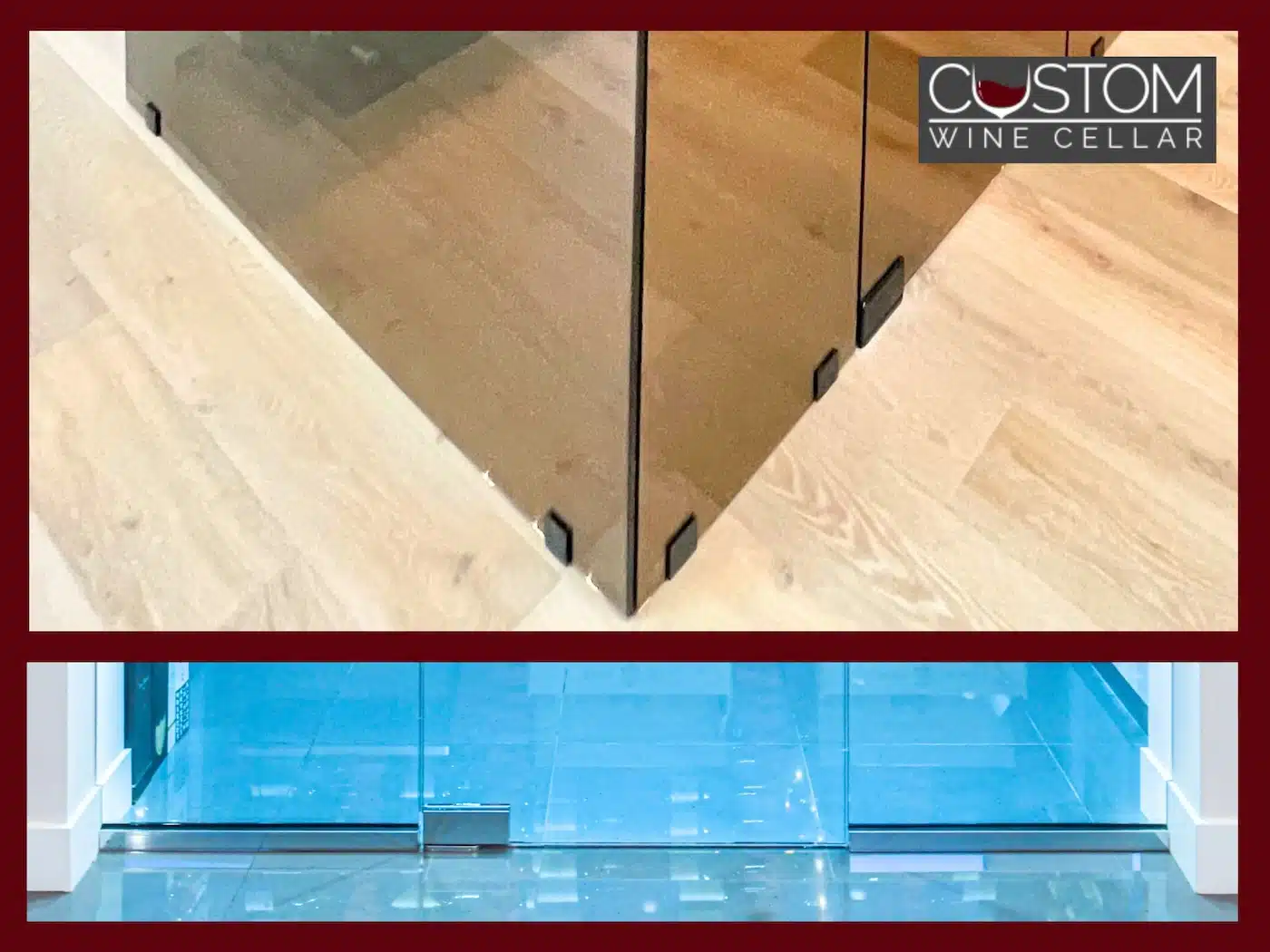
Installation and Maintenance of Frameless Glass Wine Cellar Doors
Proper installation and maintenance are crucial for ensuring your glass doors last a long time. Here are some fundamental guidelines to ensure a smooth installation process and regular maintenance:
- Regular Cleaning: Maintain the clarity and appearance of your frameless glass doors by cleaning them regularly with a mild glass cleaner and a soft, lint-free cloth. Avoid using abrasive cleaners or materials that could scratch or damage the glass surface. This is very important for all types of wine cellar doors, including wood-framed glass wine cellar doors.
- Check Seals and Hardware: Periodically inspect the seals, weather stripping, and hardware of your doors for any signs of wear or damage. Replace worn seals or weather stripping as needed to maintain proper weatherproofing and insulation.
- Lubricate Moving Parts: Lubricate hinges, handles, and other moving parts of your frameless glass doors with a silicone-based lubricant to ensure smooth operation and prevent rust or corrosion.
- Professional Maintenance: Consider scheduling regular maintenance checks with a professional glass technician to ensure that your frameless glass doors are in optimal condition and address any issues before they escalate.
- Professional Installation: Hire a reputable contractor or glass specialist with experience in installing frameless glass wine cellar doors. Proper installation is essential for ensuring a secure fit and optimal performance.
If you’re looking for a master custom wine cellar door designer and manufacturer, connect with us here at CWC.com! We have a team of modern wine cellar door specialists who can streamline the selection and installation process for you, including maintenance.
Reach out to us today at +1 (949) 771 – 2712!
